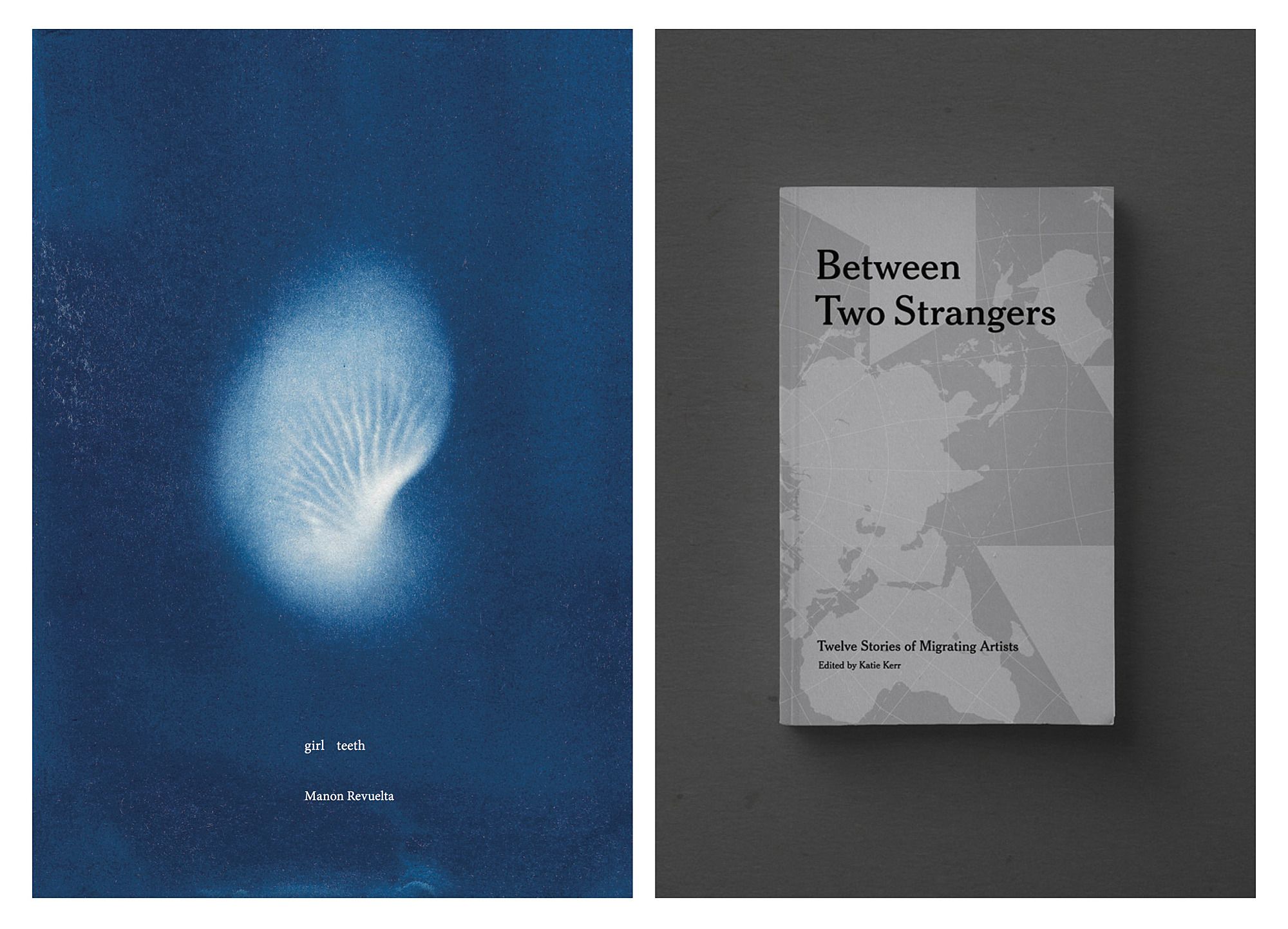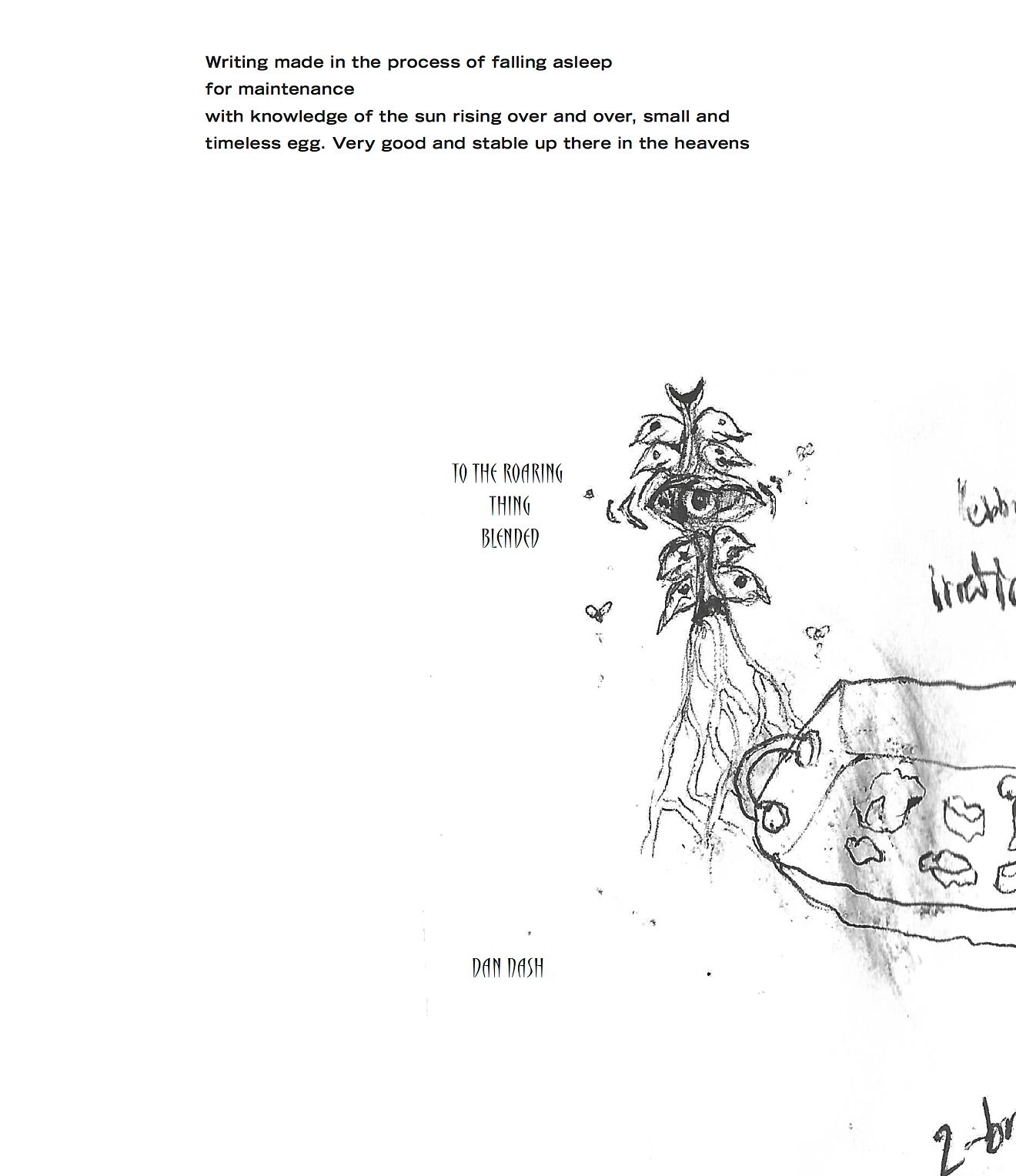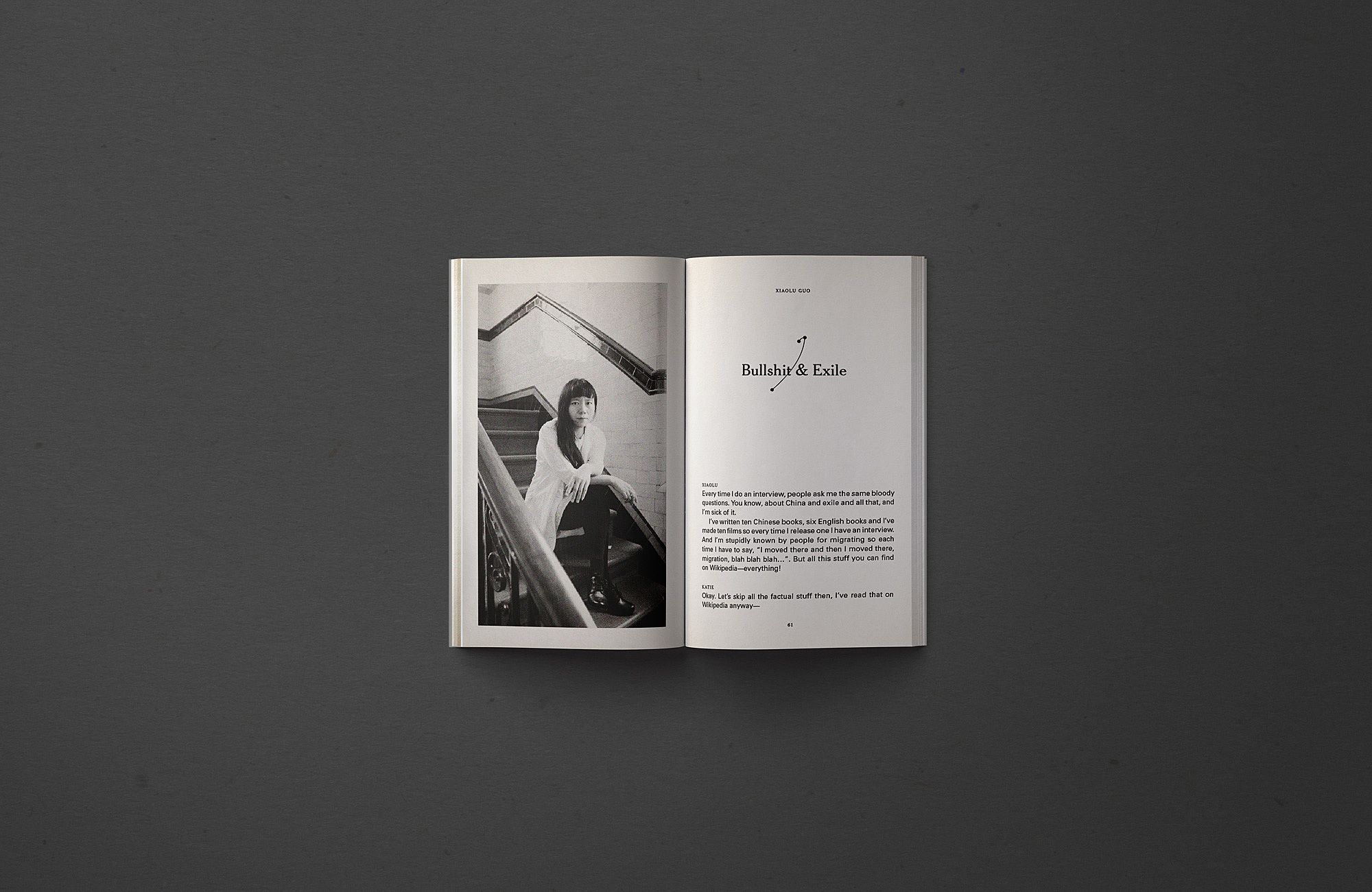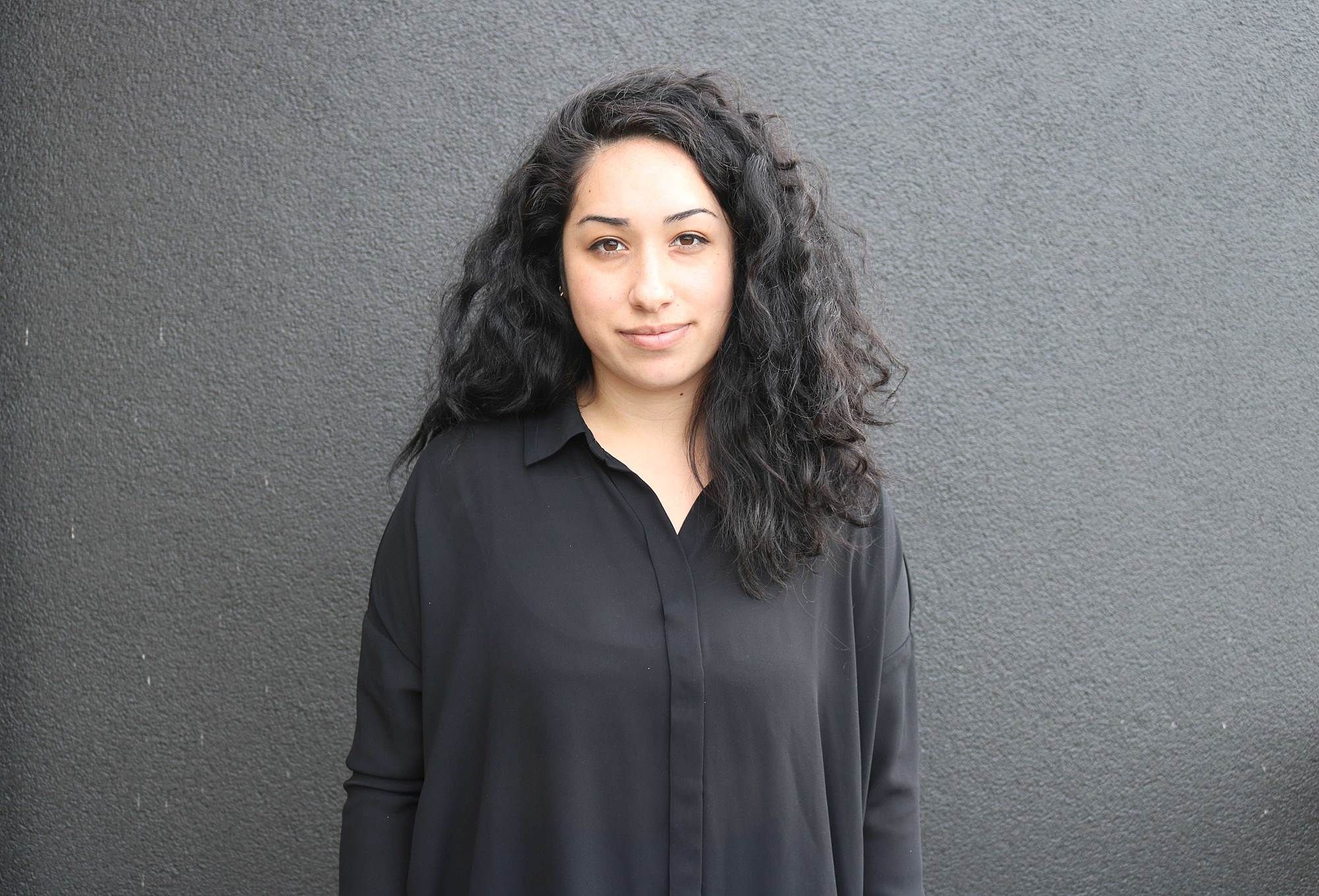Sexier in Print: GLORIA and hard press
Two new publishers remind us of art's love of the printed form.
Two new publishers remind us of art’s love of the printed form.
Artists’ books take every possible form, participate in every possible convention of book making, every possible “ism” of mainstream art and literature, every possible mode of production, every shape, every degree of ephemerality or archival durability.
While publishing is often seen as something supplementary to art objects, the artist book has solidly established itself as an art form of its own. While historians often point to British artist and poet William Blake (1757–1827) as being a pioneer of the art form, it really rose to prominence in the 20th century as artists responded to the printed matter and political climate in the lead up to World War I and after, when the Fururist, Vorticist, Contsructivist, Dada and Surrealist art movements produced pamphlets, posters, manifestos and books en masse. Slightly later that century in the 1950s, Swiss artist Dieter Roth and American artist Ed Ruscha, working at the same time although in separate continents, pushed the genre into a new space, defining the artist book as we may know it today including the bypassing of traditional means of art dissemination and distribution and understanding the form as a complete artwork in and of itself. Johanna Drucker wrote of Roth, that there is “no way to translate a Dieter Roth book into another medium-the idea of the works is inseparable from their form as books and they realise themselves as works through their exploration of the conceptual and structural features of a book.”
Closer to home and pointing to a more recent history, publishers such as Clouds and split/fountain, established in the noughties, joined self-publishing artists and institutions to increase the production of artists book in Aotearoa each introducing their own definitive design sensibilities. Last year, at Artspace's new artist show New Perspectives, there was an overwhelming amount of artist publications many of which included poetry, while others expanded on the socio-political context of the work, expressing even further appetite for the book form.
One of those artists from New Perspectives was Owen Connors. So, there was little surprise when Owen Connors joined forces with Anna Rankin to form hard press. hard press is an “independent publishing house committed to publishing peripheral and experimental writing not limited to, nor benefiting from, any established convention.” The publisher was born out of a residency at RM gallery, where the resources were directed to publishing an elegant series of three books; To The Roaring Thing Blended; girl teeth and Ginesthoi. Choosing to focus on poetry and prose, these first texts are all variants of a saddle stitched A5.
To The Roaring Thing Blended, is the first poetry collection by artist Dan Nash. Another Artspace exhibition Potentially Yours, The Coming Community (2016) introduced us to Nash’s fiction in the new commission Plant them In, kill off thinking (2016). So it’s seems fitting that this has been extending on in To The Roaring Thing Blended, writing in the “space before sleep” the poems which are “filled with violence, fantasy and tenderness these prose poems are as unsettling as they are absurdly comical, perverting our desires, the momentary banality of life, and possibilities of poetic meaning”, are complimented by black line drawings.
The second collection from hard press, is Manon Revuelta’s girl teeth which “explores her relationship to the past and its interventionist hum on in the present”. The collection is a series of portraits which recall people within the poet’s life. This is perhaps best exemplified in Dutchess, a beautifully eloquent portrait which recounts the writer’s matriarchal relationships through objects.
The third poetry collection by Evangeline Riddiford Graham Ginesthoi, draws on a papyrus fragment housed in the Egyptian Museum of Berlin, which is believed to be the only surviving example of Cleopatra’s handwriting. The last word on the fragment reads Ginesthoi or ‘Let it be done’. From there Graham weaves us through a historical narrative all the while critiquing the institutions which house it.
With a very different approach to art publishing, GLORIA joins hard press who together seem to form a new generation of arts presses. Run by Berlin-based photographer Alice Connew and Auckland-based graphic designer Katie Kerr GLORIA is a “publishing collective focused on the publication of art and photography books.” Recalling on Roth’s approach, GLORIA understands their books as complete art objects within themselves, declaring that the artist is heavily involved at each step.
GLORIA’s first two publications have a shared editorial focus of migration. Forty Three is a photography book made up from photos by Connew. Made “during a freezing day in the middle of Berlin’s worst winter in forty-three years”, the project examines the displacement which occurs when migrating to a new country.
Extending on this conversation is Between Two Strangers: Twelve Stories of Migrating Artists, “a collection of stories and interviews from artists on the challenges of maintaining an artistic practice in another country.” With the potential to neatly package the concept of the international artist, Between Two Strangers: Twelve Stories of Migrating Artists tackles head on the class and race implications of a term migrant, in a way which was surprising and refreshing. Acutely aware of the politics in which it is situated, it opens and closes with a two-part conversation between friends Dana Olarescu and Bojana Jankovic framed as being pre-and post-Brexit. But perhaps most compelling was an interview with Xiaolu Guo, called Bullshit & Exile. Guo does not play into the polite behaviours of being the interviewee, it’s raw.
*
Picking up on the energy of places like Clouds and split/fountain, GLORIA and hard press are exciting new voices which have joined the ecology. With different approaches and design aesthetics they are collectively reminding us how every publication in of itself is whole. An exciting revitalisation of this underappreciated art form.



